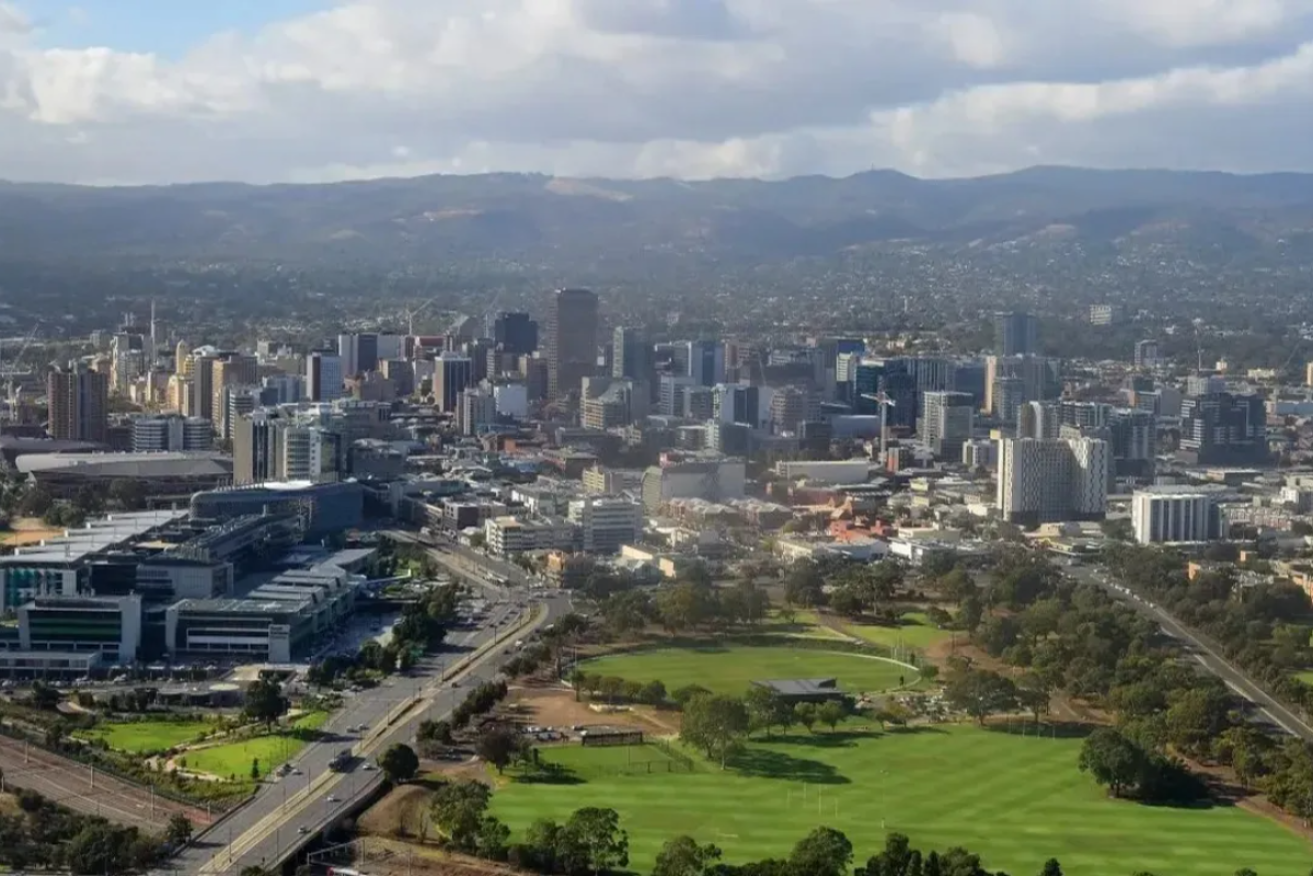Weak spending drives SA economic slowdown says new report
A drop in business investment, declining employment levels and weak household incomes are causing a South Australian economic slowdown according to a University of Adelaide report.


Weak consumer spending is driving a South Australian economic slowdown per a new report. Photo: AAP/Bianca De Marchi.
A new Economic Briefing from the University of Adelaide’s SA Centre for Economic Studies (SACES) found the state’s economy has lost momentum in the past six months, with key economic indicators driving the slowdown.
The report said weak household incomes and consumer spending were the main causes, with quarterly estimates of State Final Demand (SFD) – a measure of aggregate spending – showing a “significant slowdown in South Australia’s economy over the past year”.
Annual SFD growth slowed to 1.8 per cent in the recent March quarter – below the long-term average of 2.4 per cent, according to the report.
Trends over the summer were “particularly weak”, with SFD contracting in the December quarter before expanding by just 0.2 per cent in the March quarter.
“This latest result equates to an annualised growth rate of only 0.8 per cent, roughly half the current rate of population growth, indicating a decline in per capita spending over recent quarters,” the report says.
“The slowdown in final demand is a direct result of private sector spending. Household consumption has slowed significantly, and business investment has contracted over recent quarters.
“Although dwelling investment has grown moderately over the past year, its trajectory has been uneven.”
SACES said subdued private sector spending was partially offset by stronger public spending which was “broad-based, reflecting increased spending across various activities, including defence, health, transport, utilities and social benefit programs”.
The report also said that household spending had dropped “markedly”, with the through-the-year growth rate decelerating from 4.6 per cent in the March quarter of 2023 to 0.8 per cent in the most recent March quarter.
“Although inflationary pressures have eased, and wages growth has picked up, these improvements have not been sufficient to enable households to recover much, if any, of the recent loss of the purchasing power of their incomes,” it said.
“And with disposable incomes strained, households have both significantly reduced their saving and put the brakes on discretionary spending.”
Other indicators like construction activity remain strong by historical standards, but SACES noted that residential building activity is not keeping pace with population growth.
“As a consequence, a significant housing supply shortfall has emerged, leading to very low residential vacancy rates by historical standards, rising rents and a severe decline in housing affordability,” SACES said.
“Non-residential building has experienced a moderate decline, while engineering construction has remained stable.”
South Australia’s economic outlook relies on national and global forecasts said SACES, which noted the global economy was growing at a subdued pace and was “unlikely to accelerate Australian economic growth”.
“We anticipate that the South Australian economy will grow moderately over the next couple years, with a slight uptick as inflationary pressures ease, households’ finances gradually recover, and monetary policy becomes less restrictive,” it said.
The report projected gross state product (GSP) growth of 1.5 per cent in 2024/25 and 1.75 per cent in 2025/26.
Employment growth should resume but will be accompanied by a “moderate rise in unemployment” which could reach 4.5 per cent in 2024/25.
“We anticipate that wages growth will moderate but continue to outpace inflation slightly, allowing households to slowly recover some of the real wage declines they have experienced over the past five years,” the report said.
“We expect headline inflation to return to the top of the RBA target range of 2 to 3 per cent by mid-2025 and continue at 3 per cent through 2025/26.”
SACES senior research economist Anthony Kosturjak said growth in spending slowed to a near standstill over summer.
“While exports volumes have grown strongly, imports have risen even more, detracting from growth,” he said.
“Household disposable incomes remain weak, and households have consequently significantly reduced their savings and reined in their discretionary spending.
“Almost all of the growth in consumer spending in South Australia over the past nine months came in respect of essential goods and services.”
Kosturjak said monetary policy was expected to continue dampening economic activity.
“Underlying inflation remains well above the Reserve Bank’s target range, and low unemployment is likely to keep upward pressure on wages,” he said.
“We anticipate that cash rates will remain at current levels through 2024, with potential minor downward adjustments commencing during the first half of 2025.”




